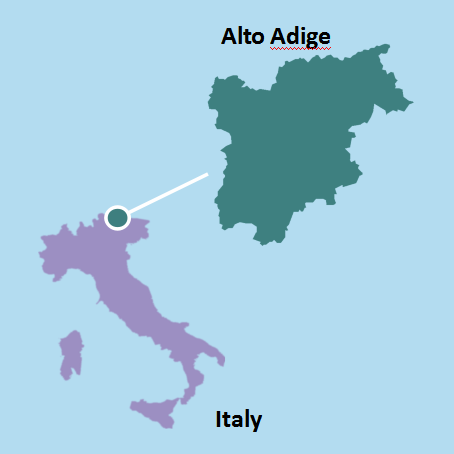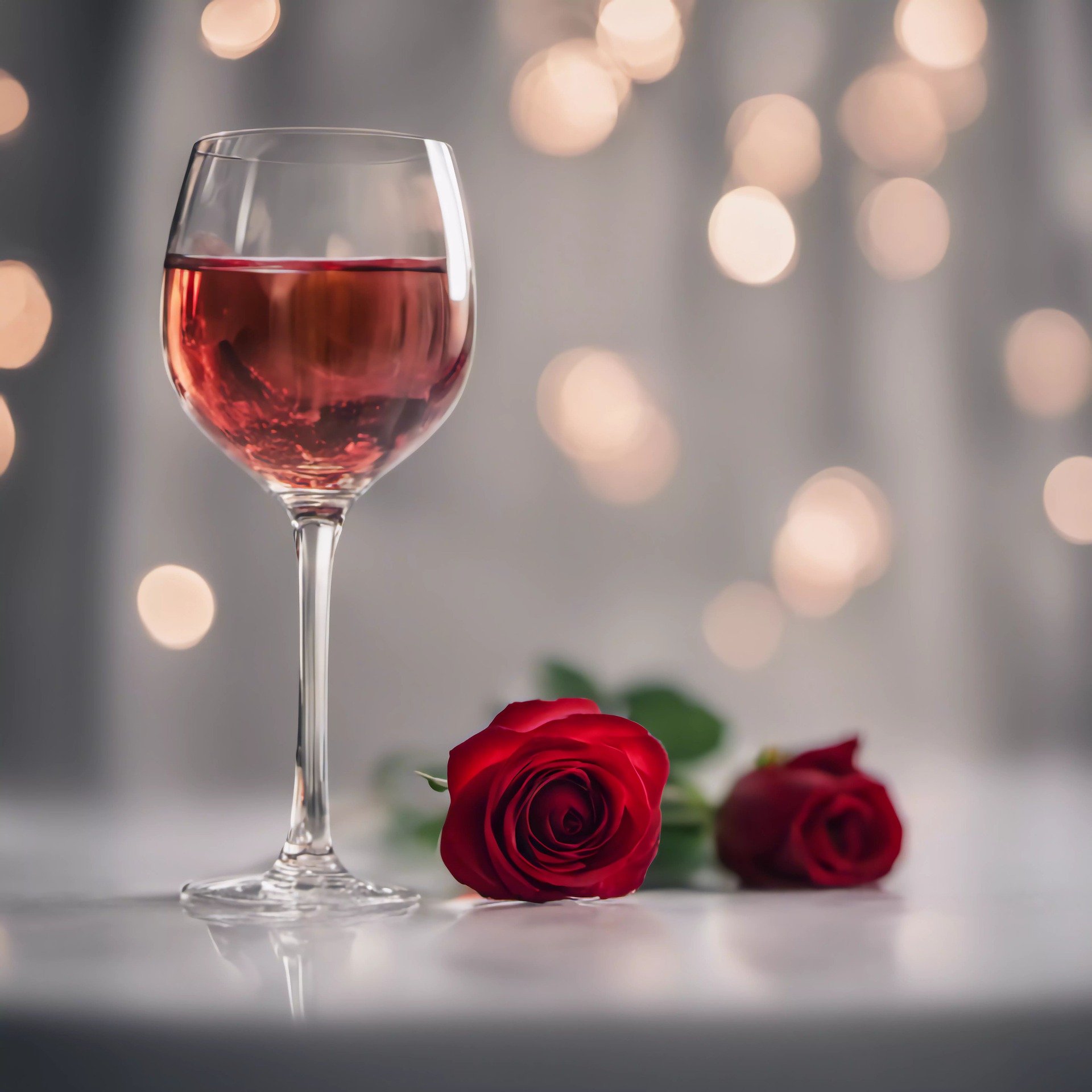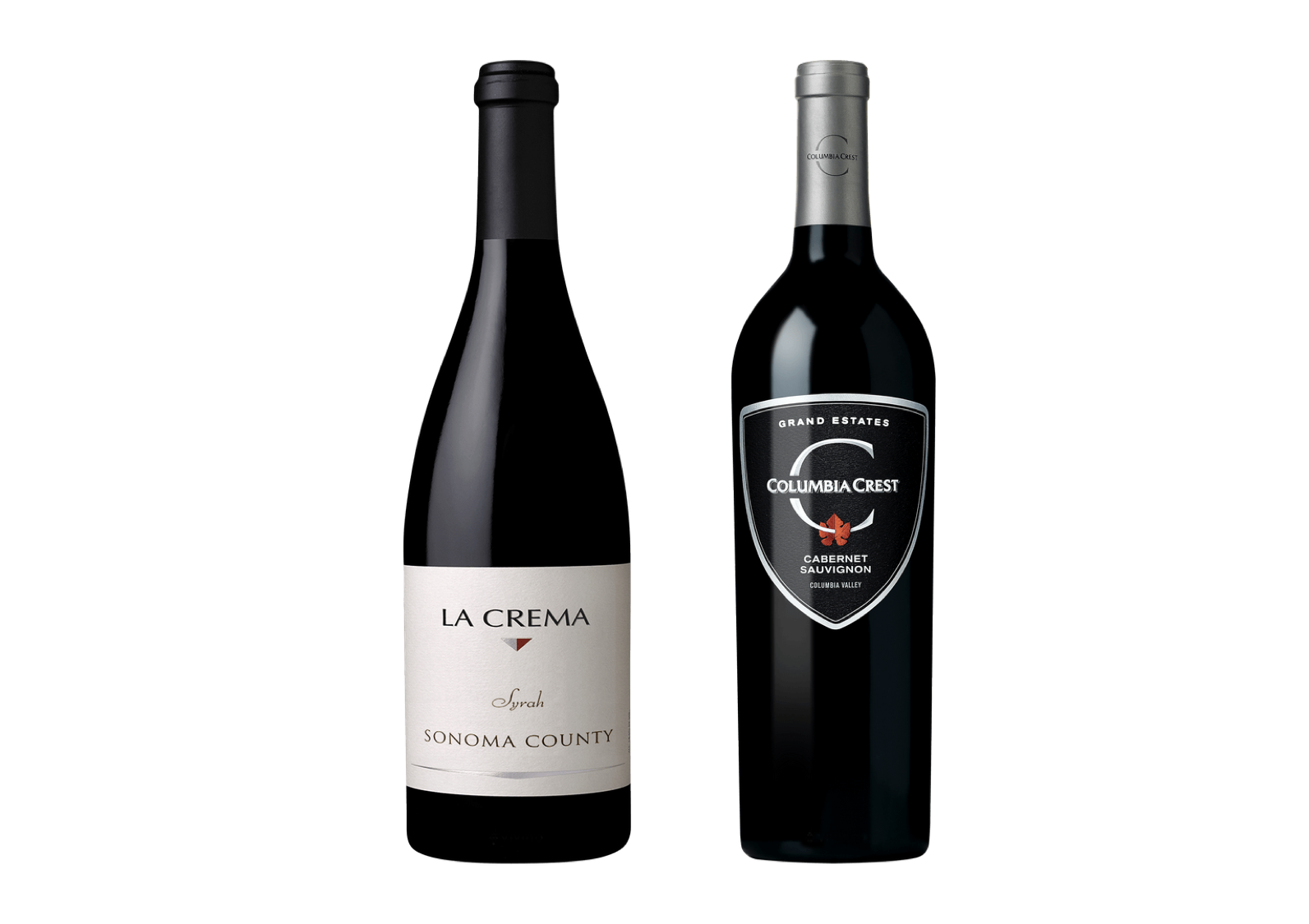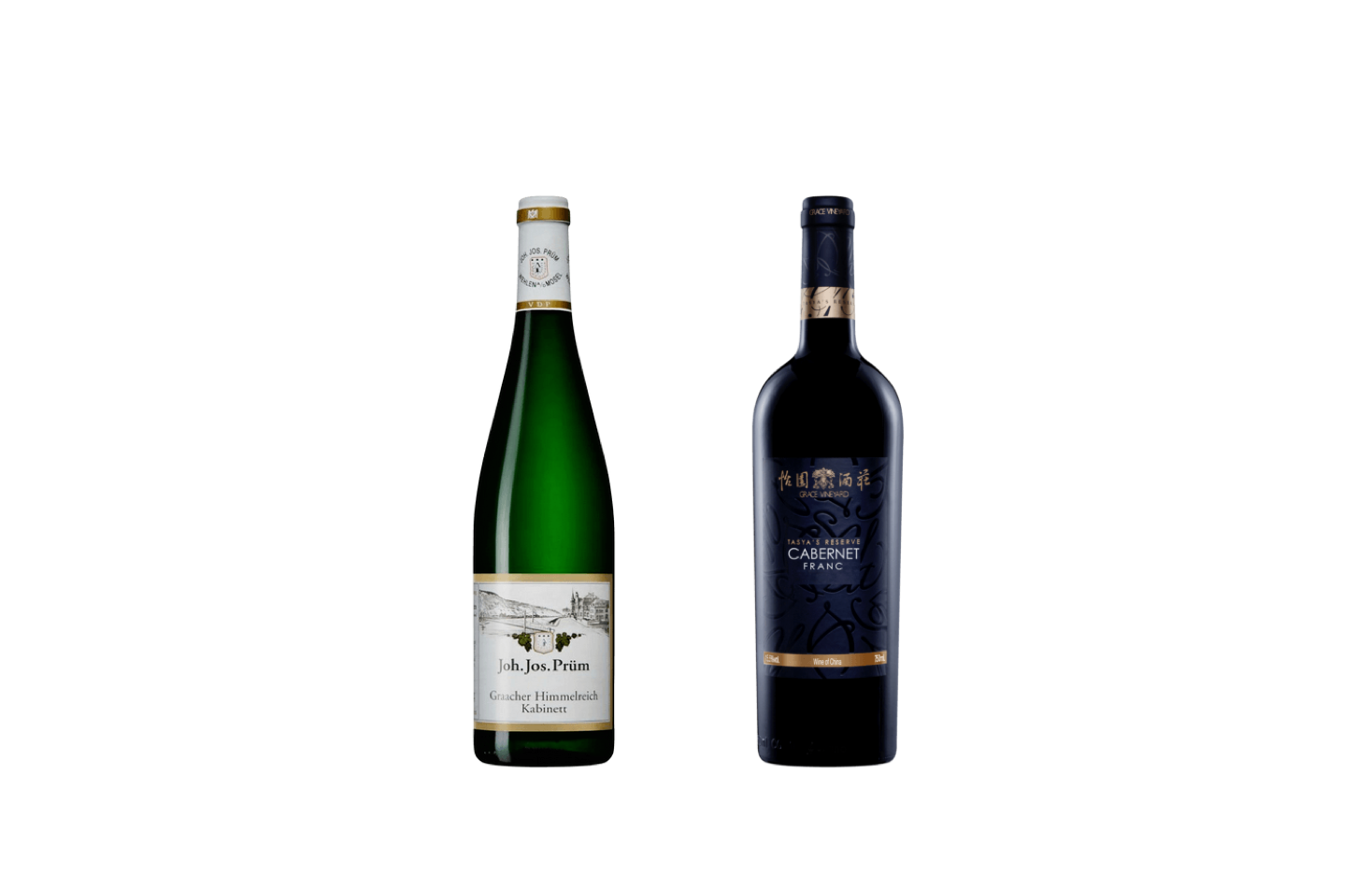Nestled on the step hills of the Italian Alps is the wine region of Alto Adige. The northern most wine region in Italy features steep hillside vineyards that slope down to the Adige River and its tributaries. The combination of slooping vineyards with excellent exposure to the sun and a climate featuring sunny days and cool evenings results in some of the world’s most fresh and fragrant white wines. Any connoisseur of good wines will appreciate these wines but many of my female Chinese aquanitances find them particularly appealing. No longer willing to submit themselves to the heavy tannic reds favored by their husbands and boyfriends, the upwardly mobile young female professionals of China are making their own decisions on wines. This new market dynamic is changing the wine landscape in China and benefiting fragrant white wines like those from Alto Adige.
Long History
Recent archaeological digs in Alto Adige have uncovered ancient winemaking tools and storage vessels dating to 500 BC. Centuries later during the height of the Roman Empire the wine trade in Alto Adige was flourishing. As the sun was setting on the Roman empire, Frankish and Bavarian monks took over many wineries and keep the art of winemaking in this region alive. The great city states of the Italian Rennaisance provided new opportunies for Alto Adige winemakers, as did the rise of the Austro-Hungarian Empire. In fact, over the proceeding centuries the region was occupied by the Austro-Hungarian and Holly Roman Empires. It wasn’t until 1918 that the region was returned to Italy. The distict German-Austrian influences is still seen in Alto Adige as the region has two official languages, German and Italian. Just take a look at the wine labels and you’ll see both languages.
Aromatics
The history of Alto Adige may be long and interesting, but what distinguishes the wines of this region? In one word, aromatics. Your ability to differentiate aromas is actually much more perceptive than your sense of taste. There are well over 500 aromatic compounds that have been identified in wines. Every step of the winemaking process influences the resulting aromas in a wine. The top wines of Alto Adige offer a symphony of delioghtful smells ranging from yellow and tropical fruits to white flowers and herbs. Three particulalry aromatic types of wines from this region are Pinot Grigio, Sauvignon Blanc and Gewurztraminer. Pinot Grigio is the most approachable and popular. Good Alto Adige Pinot Grigios offer an abundance of ripe fruit scents and flavors, good weighty mouthfeel and restrainted acidity. Their graceful and friendly characters have made them some of the most popular white wines globally. The Sauvignon Blanc wines of this region are more serious with more acidity and complexity. Many experienced drinkers love these wines because of their balance between fruit and acidity. And should you want to pleasantly surprise someone, offer them a Gewurztraminer from Alto Adige. Just watch their eyes as the exotic floral and spice aromas jump out of the glass. The experience is quite unique, sharing some qualities with a German Gewurztraminer but decidedly distinct and Italian in style. On the palate the wine may also have a slight numbing effect drawing a fascinating sensual parellel with one of my favortie meals, Ma-La hotpot.
Food Pairing
The good fruit ripeness and acidity of most Alto Adige white wines make them very food friendly. From salads and light seafood pasta dishes to many Asian seafood and white meat dishes, there’s a white wine from Alto Adige that will embellish your dining experience. A few of my favorite comabination are simply grilled or roasted fresh water fish as the vibrant fruitiness of the wines adds flavor dimensions to the dish while the acidity in the wines accentuates the freshness. The combination of ripe fruit, sometimes slightly sweet, and spiciness of Gewurztraminers from Alto Adige make them natural companions to moderately spicy Szechuan and Hunan dishes.
Top Producers
Many of the best wineries in Alto Adige are small to medium in size and family-owned. Two of my favorite producers are Alois Lageder and Elena Walch. Alois Lageder has been making wines since 1823 and is a fifth-generation, family owned winery with a range of beautifully-made white and red wines. Elena Walch married into a family who owned two of the region’s most acclaimed estates and has worked tirelessly to make them even better. Her wine are consistently good and feature a range of personalities that accurately reflect their variety.
WINE NOTES
Alois Lageder Pinot Grigio DOC, 2008
Region: Alto Adige, Italy
Variety: Pinot Grigio
Aging Method: 4 month in Stainless steel; 4 months on the lees/drink now or withing 18 months
Importer/Price:
Serving & Food Pairing: serve at 8 C; lovely with seafood and fresh water fish
DRY/SWEET: 2/5
BODY: 3/5
“lively and aromatic white with bright straw yellow color, nose of ripe yellow fruit and flowers and round peach and yellow fruit flavors with spicy nuances”
Alois Lageder Sauvignon Blanc DOC, 2007
Alto Adige, Italy
Sauvignon Blanc
Aging : 4 months on the lees/drink now or within next 2 years
Serving & Food Pairing: serve at 8C; lovely as an aperitif or with elegant seafood dishes including Cantonese and Shanghai fresh and salt water fish
DRY/SWEET: 1/5
BODY: 2/5
COMMENTS:
“beautifully dry and structured white wine with light yellow color with hints of green, grassy and tropical fruit aromas and flavors and a palate-cleansing, bracingly clean finish”
Elena Walch Sauvignon Castel Ringberg, 2007
Alto Adige, Italy
Sauvignon Blanc
Aging
Serving & Food Pairing:
DRY/SWEET: 3/5
BODY: 3/5
COMMENTS:
“elegant single vineyard wine from the Castel Ringberg estate, the wine has a bright pale gold color, mature peach and white flower nose and intense yellow fruit and mineral flavors and long, complex finish”
Elena Walch Gewurztraminer Alto Adige DOC, 2008
Alto Adige, Italy
Gewurztraminer
Aging: no oak/drink now or within 18 months
Serving & Food Pairing: serve at 8C; good with cold white meats and spicy Chinese dishes including a moderately spicy Ma-La hotpot
DRY/SWEET: 3/5
BODY: 3/5
“surprising and exotic wine with pale straw yellow color, lively floral and spice nose with volumtiously rich, almost sweet fruit flavors and fresh dry finish”





